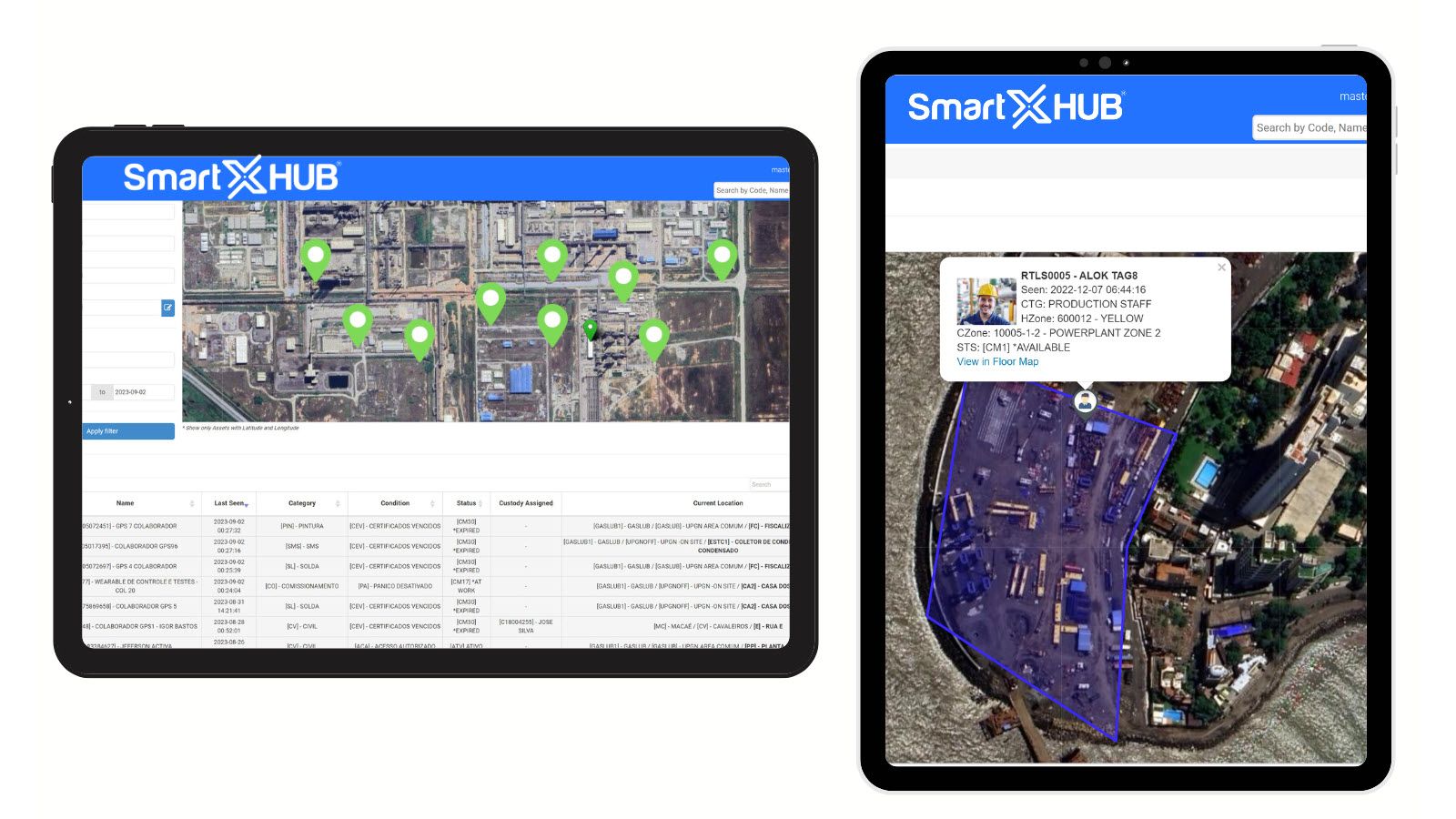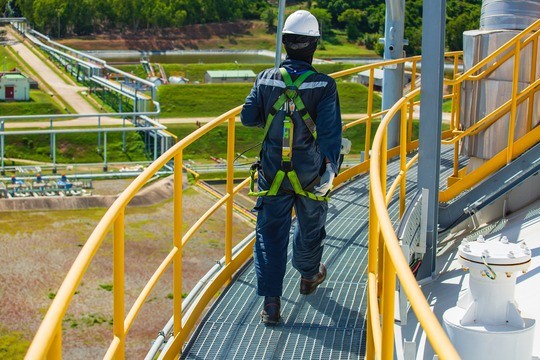Benefits of Using Employee Safety Devices
Federal and local laws persistently advocate for employee safety, with a growing emphasis on implementing panic buttons for safety teams. Regrettably, in the budgets of numerous corporations, Employee Safety Devices (ESDs) often remain a low priority.
However, if you are truly committed to elevating your company's standards, investing in ESDs is highly advisable. Here are several advantages of equipping your team with these devices.
A worker safety device is a tool designed to enable workers to communicate with others and be monitored while performing their job tasks.
These devices can monitor employees while they travel to and from locations and offer protection when workers interact with unfamiliar clients or engage in risky operations alone on a site. Some standard functions of these safety devices include:
- SOS or Panic Button
- Man Down Alarms
- Real-time Indoor & Outdoor Location Tracking (GPS, Lora & xMesh Bluetooth)
- Evacuation Alarm Notification and Monitoring
- Safety Proximity Alarms
- Entering or Leaving Critical Rooms or Areas
- Incident Reporting
- Incident Analytics & Insights
These devices ensure communication is readily available when needed and can detect any signs of imminent danger, enhancing the safety of lone workers.








